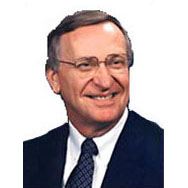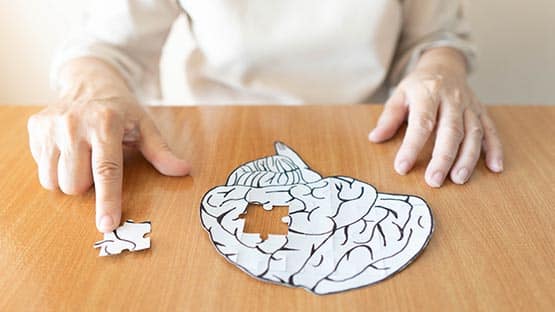
I was reminded of those early experiences last week as I chaired the Nanosatellite Advisory Committee of the Joint Commission on Technology and Science. Even the professionals have their problems with rocket launches with about one of ten not being successful. Most recently Orbital Sciences which has its headquarters on Route 28 near the intersection with Route 7 had a rocket blow up almost immediately after its launch at Wallops Island, Virginia. Out west the rocket plane for which tickets have already been sold to take people on suborbital flight blew up in a test flight killing the pilot.
For every failure there are many more successes. Who would have imagined that a rocket launched ten years ago would have its payload land on a comet within the last two weeks! Virginia has been involved in many of these successes through NASA Langley and NASA Wallops. The Virginia Space Grant Consortium that has goals of promoting aerospace education at all levels has been rated by NASA as being the top-ranked program among the 52 in the nation.
Students at Virginia universities including Virginia Tech, the University of Virginia, and Old Dominion University are involved in designing, building and launching small satellites that despite their small size can conduct meaningful research while in orbit. These small “nanosatellites” can be launched with dozens in a payload as part of a larger satellite launch but still have the capability to gather significant scientific data. Students who work on these projects often go on to internships and careers with NASA and private aerospace companies. The Commonwealth stem Industry Internship Program (CSIIP) matches students to internship possibilities.
The Virginia Space Grant Consortium does not limit its activities to the university level. Through the Virginia Aerospace Science and Technology Scholars program, public school students can take online courses for college credit, compete statewide with other students, and attend a summer academy at NASA Langley Research Center. Specific programs are also aimed at younger students and girls to interest them in science, technology, engineering and math.
As policy makers and government leaders look to the future, it is important to consider space for the limitless potential it offers. Virginia has many unique assets: Wallops Island is strategically located for space launches; a number of federal research facilities are located here; our university system is strong; and the private industry sector has shown a strong interest in investing in space. From experience I know that we need to include a safety course for our young rocket scientists.
Ken Plum is a member of the Virginia House of Delegates.










